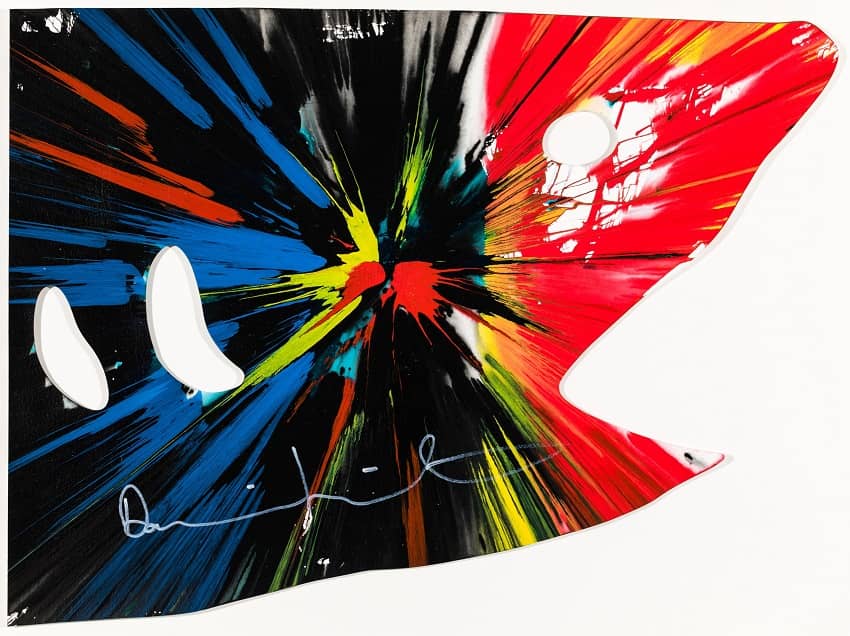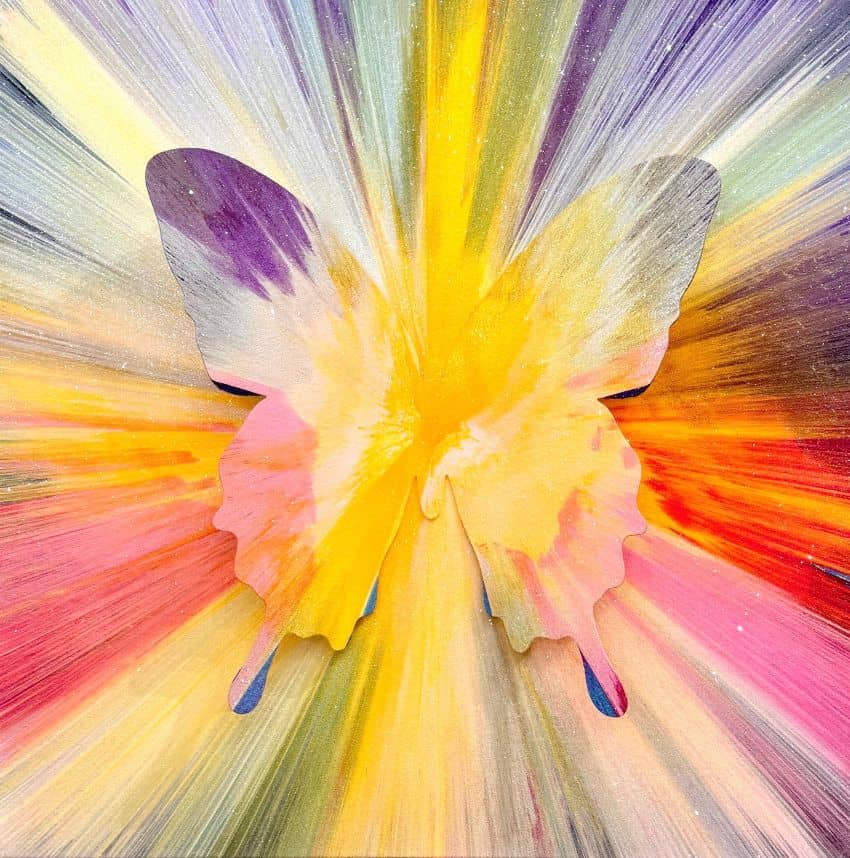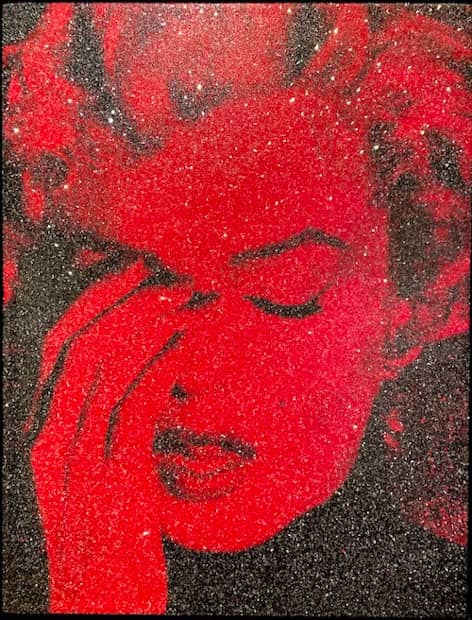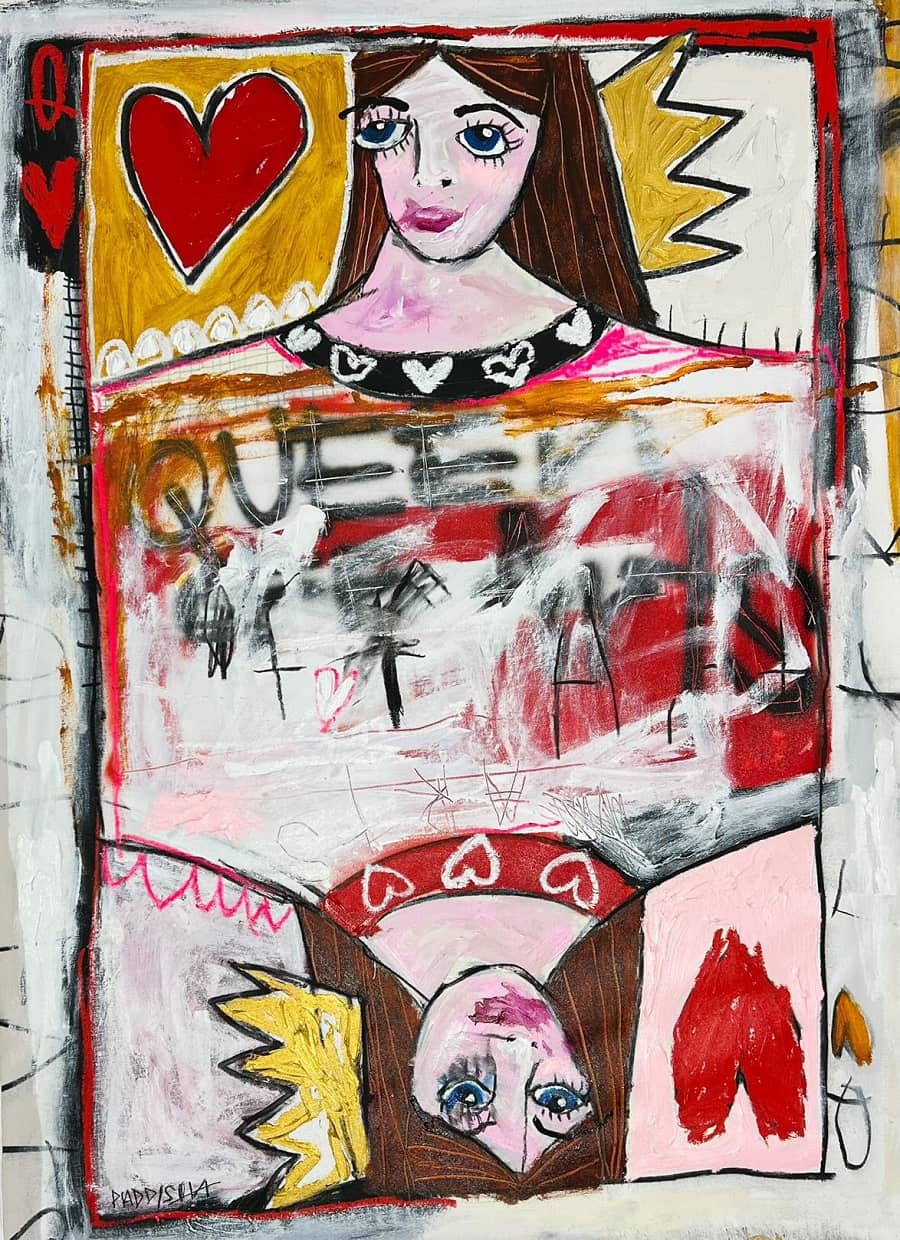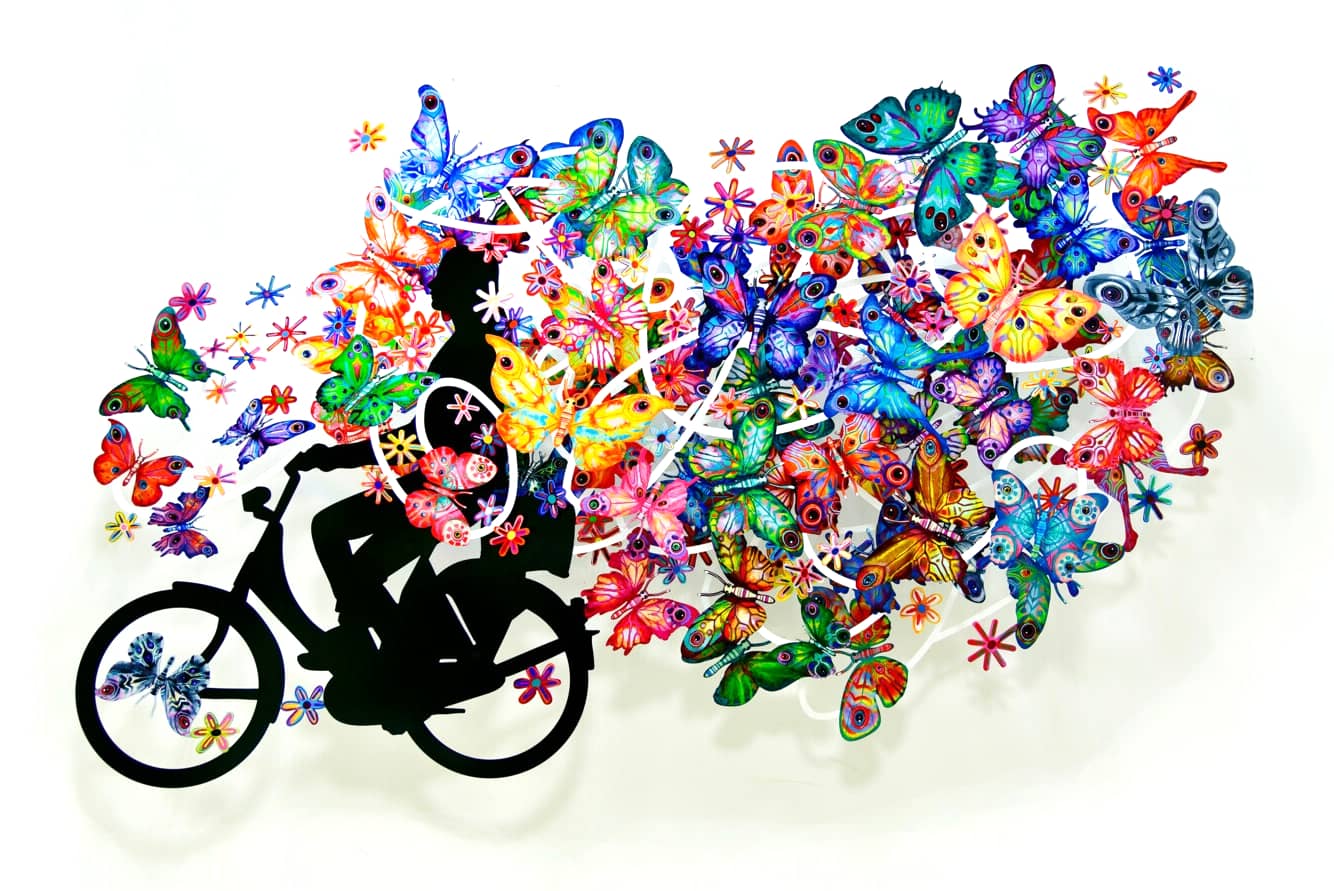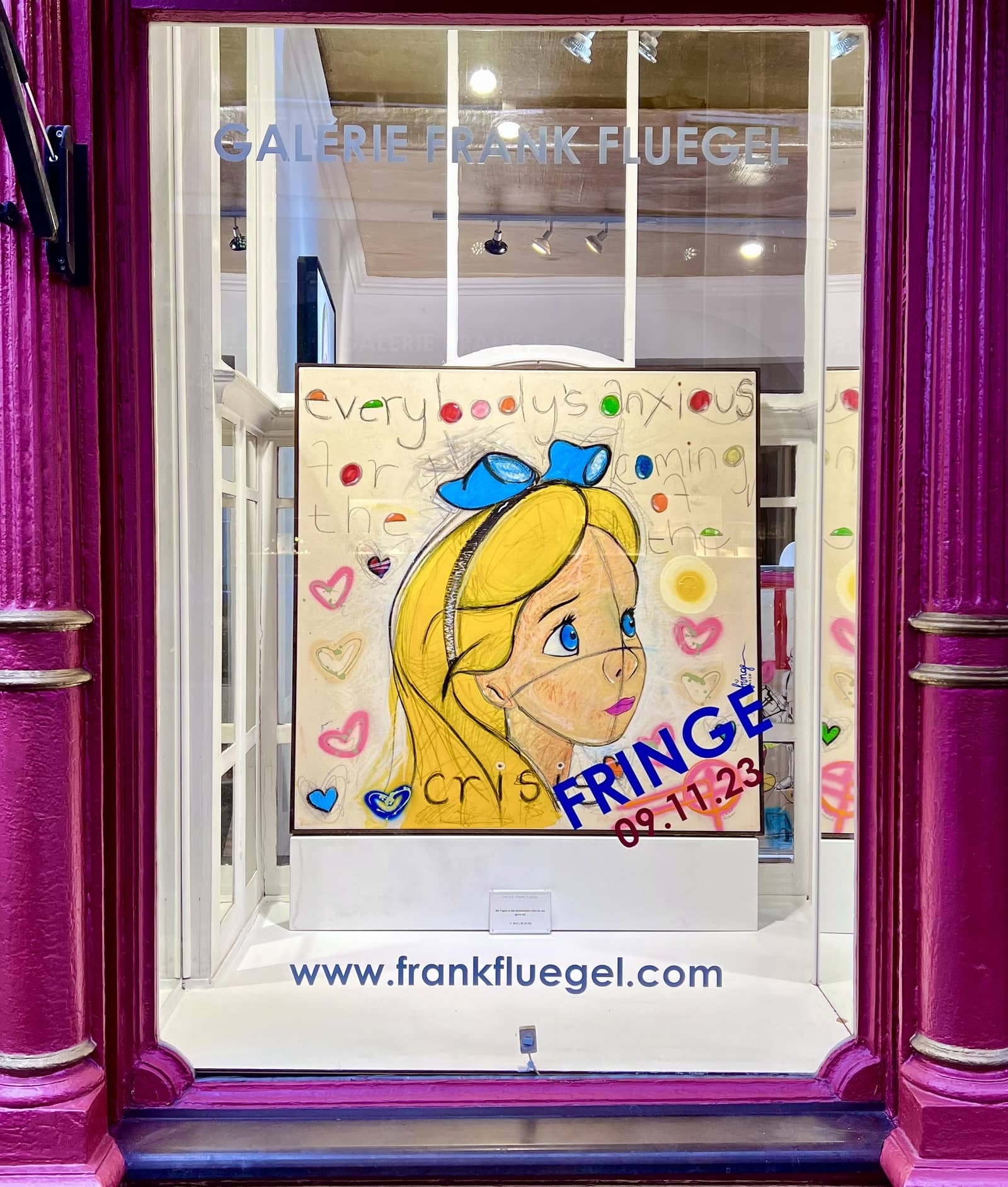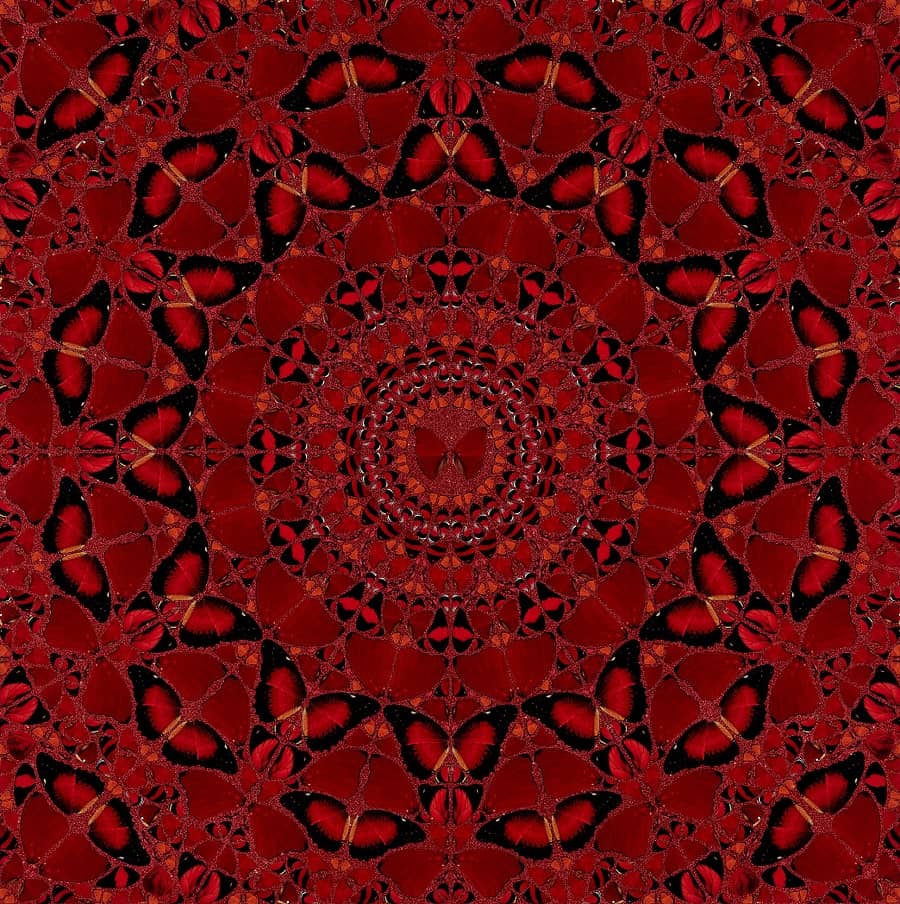
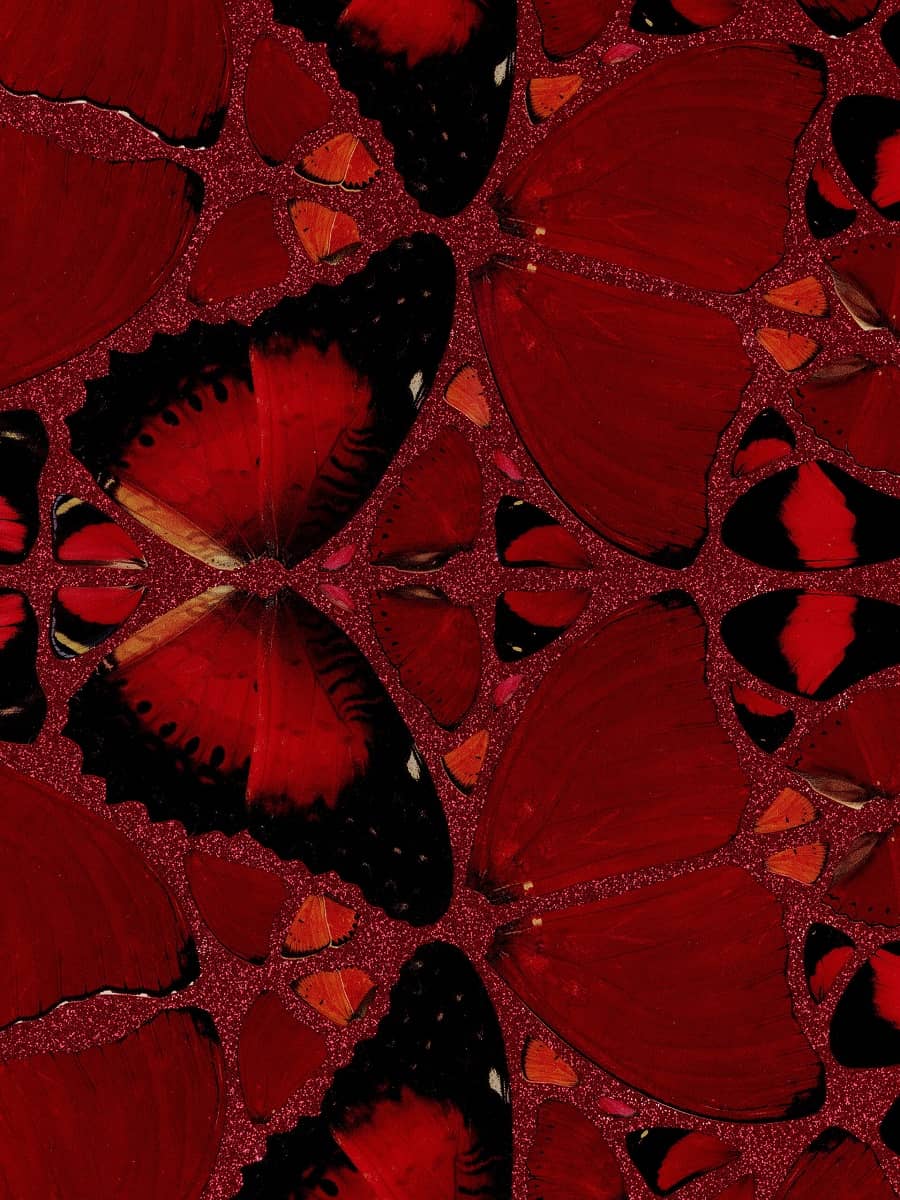
Damien Hirst H10-4 SUIKO (The Empresses) / Giclee Print / signed / numbered
| Year: | 2022 |
| Format: | 100 x 100 cm / 39.4 x 39.4 inch |
| Material: | aluminium composite, screen printed with glitter. |
| Method: | Giclée print. |
| Edition: | 1657 |
| Other: | signed and numbered on label verso. The edition also exists as NFT. |
Damien Hirst H10-4 SUIKO (The Empresses) / Giclee Print / signed / numbered
| Year: | 2022 |
| Format: | 100 x 100 cm / 39.4 x 39.4 inch |
| Material: | aluminium composite, screen printed with glitter. |
| Method: | Giclée print. |
| Edition: | 1657 |
| Other: | signed and numbered on label verso. The edition also exists as NFT. |
From the Butterfly series The Empresses.
Damien Hirst – H10-4 SUIKO (The Empresses).

| Year: | 2022 |
| Format: | 100 x 100 cm / 39.4 x 39.4 inch |
| Material: | aluminium composite, screen printed with glitter. |
| Method: | Giclée print. |
| Edition: | 1657 |
| Other: | signed and numbered on label verso. The edition also exists as NFT. |
Damien Hirst - Butterflies (The Empresses).
Suiko is from the Butterfly series (The Empresses) by Damien Hirst. Damien Hirst was born on June 7, 1965 in Bristol and grew up in Leeds. At the age of 16 he begins to make anatomy drawings in the anatomy department of the Leeds Medicine School. From 1986-1989 he studies at the renowned Goldsmith College in London, which completely changes his understanding of the classical techniques of painting, drawing, sculpture. Already in his student days he starts working on some of his most important series. The first works of “Medicine Cabinets” date from his second year at the college. In cabinets of different sizes, he collects and presents a series of medicines, which he displays as if in a showcase.
Suiko, a composition which evokes life in many ways, is titled after the first recorded empress of Japan. Though legend says that several females had ruled before Suiko (554-628 CE), her rise to power after her brother Sushun was murdered in 592 CE marked a break with tradition of installing male rulers. Suiko is remembered for the Chinese and Korean influences she brought to the country, including the implementation of the Chinese calendar, the arrival of Chinese and Korean craftsmen, and, perhaps most notably, the establishment of Buddhism.In Suiko, variously sized paired wings emanate from the work’s centre, producing a symmetrical concentric circle, a compositional arrangement that recalls Buddhist symbolism and the life cycle. This circular pattern is strikingly defined by glittering lines of red that diagonally cross the composition from the centre to meet each corner. With the wings set against a red background, the lines shoot through the pairs of disembodied wings where the bodies once existed. As is true of each work from the series, Suiko appears in a constant state of transformation, the butterflies moving and evolving the longer one stands before the work. While the intricacies can be truly appreciated up close to the print, from afar the composition takes on a new life. From this vantage point, Suiko reveals itself to have a ballooning arrangement of wings, which are organised around the central pattern of concentric circles and complemented by external arrangements of further wings. This arrangement is akin to a biological or molecular structure, evocative of the organisms that it depicts.
In 1988, together with other Goldsmith College students, he curated the exhibition “Freeze” in an empty warehouse, which is considered the birth of the Young British Artists. The series of “Spot Paintings” originated here, in which Hirst applied round, colored spots to the wall of the warehouse. These, too, will appear again and again in his work.
In 1991, he begins working on his most spectacular series – “Natural History.” He puts animals – sharks, sheep, cows – in formaldehyde in plain glass tanks, later he also cuts up some animals. With these works he is represented at the “Sensation” exhibition in 1997, which makes the “Young British Artists” known worldwide and at the same time causes an onslaught of indignation. The collector, artist dealer, and patron Charles Saatchi, whose collection comprises this exhibition, was one of the first and most important supporters of the Young British Artists. Hirst created another sensational work in 2007 with “For the Love of God” – a platinum cast of a skull set with 8601 diamonds. Love, death, religion and consumer culture are the relevant themes in his work, in the realization of which he breaks completely new ground and almost always provokes.
In 2002 he was a participant in the 50th Venice Biennale, and in 2012 the Tate Modern organized a comprehensive retrospective of his work. As early as 1995 he was awarded the prestigious Turner Prize.
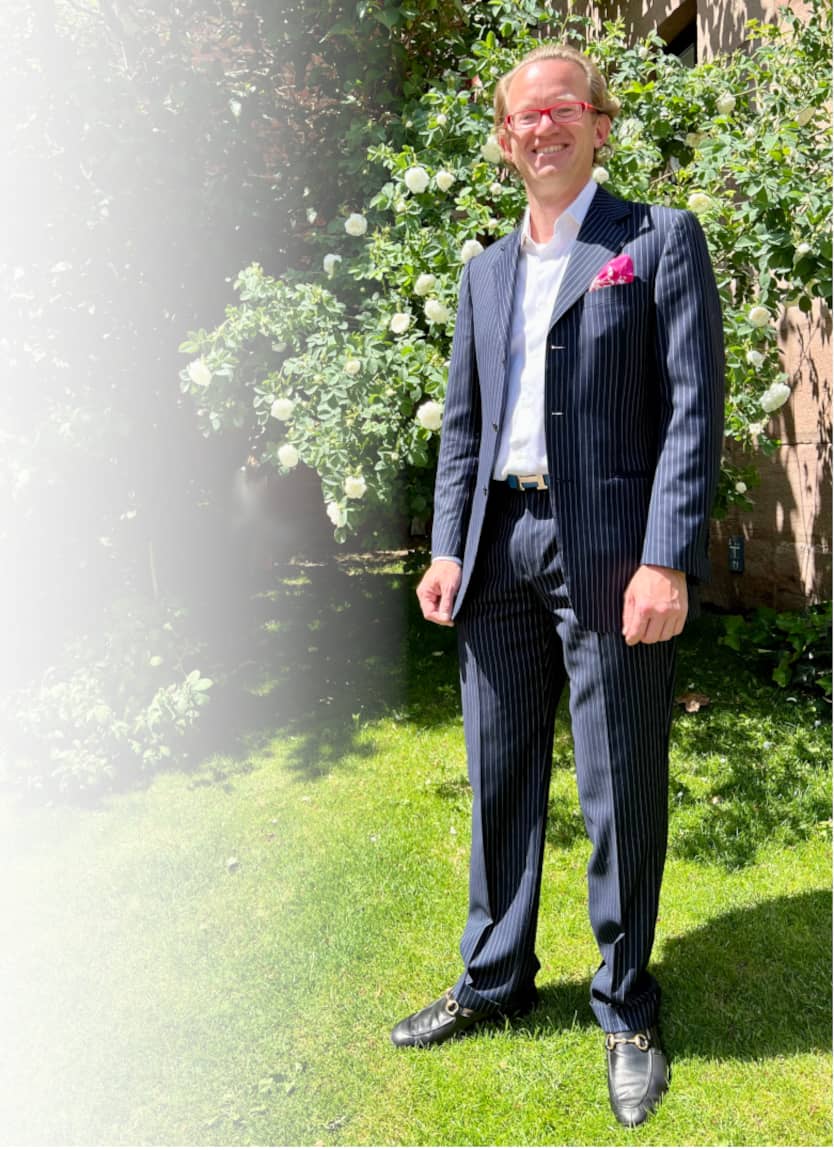


Year: 2022
Format: 100 x 100 cm / 39.4 x 39.4 inch
Material:aluminium composite, screen printed with glitter.
Method:Giclée print.
Edition:1657
Other:signed and numbered on label verso. The edition also exists as NFT.


